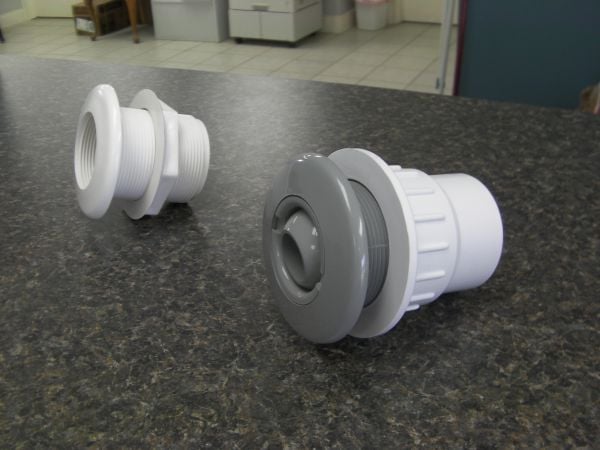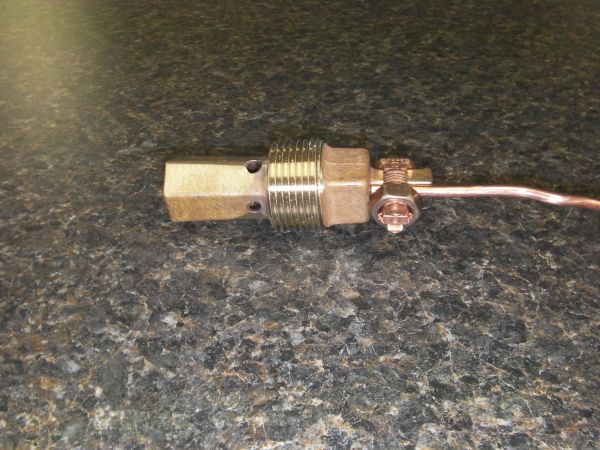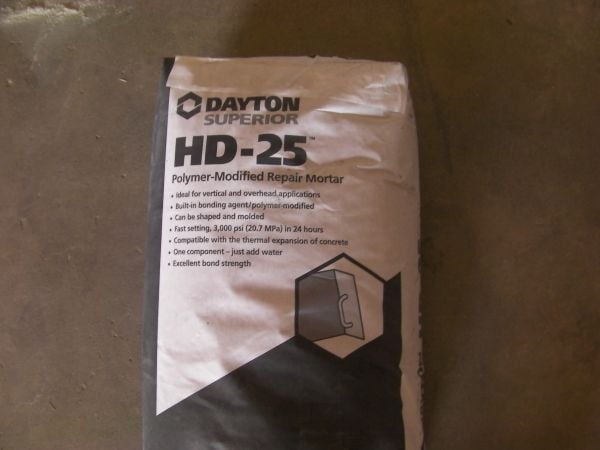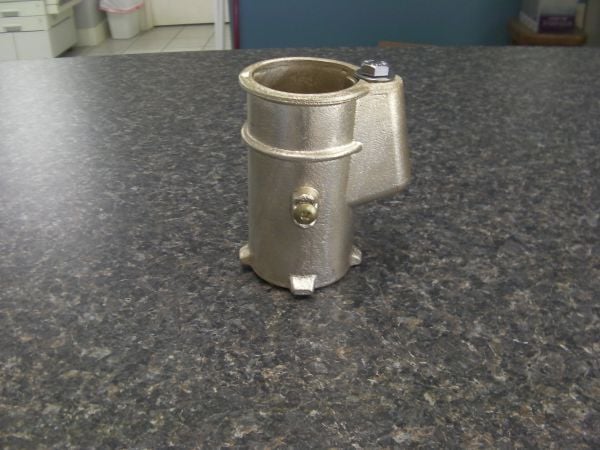At River Pools and Spas we have the opportunity to speak with literally hundreds of pool builders around the world. Sometimes they teach us, sometimes we mentor them. But any way you cut it, it’s given us tremendous exposure to the world of fiberglass pools and great insight into the little things that tend to make a big difference in fiberglass pool construction.
The following is a list of those “little things” that have helped us increase the quality and efficiency of our fiberglass pool projects, and helped them endure the test of time. Our hope, as with everything we do here, is to elevate the fiberglass pool industry in any way possible.
5 Fiberglass Pool Trade Secrets
1. Waterway Return Fittings
With the fashion that fiberglass pools are installed, the plumbing is typically encased in the backfill material around the outside of the pool. Often times, especially when sand is used, the backfill material settles putting downward pressure on the plumbing. As the plumbing is pulled down, it can cause the return (jet) fitting in the pool to either become cocked, pulling the bottom of the fitting away from the wall, or the inside of the fitting can actually crack from the pressure. Both of these scenarios result in the number one cause of leaks in fiberglass pools.
This makes the design of that return fitting extremely important. Traditionally, the return fittings used on fiberglass pools have been essentially the same fitting used on above ground pools. The problem with that design is that the nut that threads on the back of the fitting, and holds the fitting tight to the wall, isn’t strong enough to withstand the pressures of settling sand.
Waterway has designed a great return fitting for fiberglass pools that is crazy strong. The nut that holds the fitting to the pool is beefy and covers the entire thread of the back of the fitting. It’s the only way to go. Its model # is 25523-701-000. The fitting on the right is the one I'm speaking of and the one on the left is a traditional return fitting.

2. Laser Film with Cantilevered Coping
When pouring cantilevered coping on a fiberglass pool without waterline tile, if you wait until the following day to strip the cantilevered forms like we do, that can be difficult to do in a way that doesn’t scratch the waterline of the pool. Our solution has been to use what we call laser film.
It’s basically an adhesive-free film, kind of like what you see on the hoods of new cars, that just covers the waterline of the pool and protects it from scratches. To see it in action check out our video “How to Form and Pour Cantilevered Concrete.”
We buy ours from a company in Texas called Surface Armor and the model number is 3-340-C. It takes a minute to apply, but the end result is worth it!
3. Water Bonding Fittings
Bonding most fiberglass pools is different from a traditional concrete or vinyl liner pool. The primary difference is that there are typically no metal components in the shell, like a metal light niche for example, to bond. If the term bonding is foreign to you check out our article Pool Bonding 101, but the fact is that metal needs to be introduced into the water of a fiberglass pool so it can be bonded, and therefore bond the water as well.
We’ve found two products that are designed to do just that, with very little effort or cost on the builder's part. Bondsafe 680 is a metal plate that is installed in the well of the skimmer with a bolt that attaches to a bonding lug on the outside of the skimmer. Permacast also makes a product that simply threads into a female 1” fitting in one of the ports in the bottom of the skimmer (shown below). We’ve used both products with great success.

4. Cantilevered Coping Resurfacing Product
As I stated earlier, we don’t strip the cantilevered forms until the day after the pour. We then rub the coping surface down and resurface it with a product made by Dayton called HD-25. We have looked for years to find the perfect mix for this application and this is it. You can add color to match colored concrete, and after using it on well over 300 pools over the past 5 years, we simply don’t have problems with the product bonding to the surface.

5. Brass Anchors in Concrete
On any pool with a salt system, be sure to use brass handrail and ladder anchors. The galvanized ones will give up on you after three or four years. Being that we were one of the first companies, at least in our region, to use salt chlorinators on large numbers of pools, we found this one out the hard way.

Well, there you have it! Five of our most treasured trade secrets…not really.
Please feel free to question or comment below, and be sure to subscribe to this blog before leaving to stay on the cutting edge of the pool industry.

At River Pools, we manufacture world-class fiberglass swimming pools for customers across North America. If you'd like to learn more about fiberglass pools, feel free to download our ebook below, check out our video library, or contact us for a custom quote.

Up Next:
Fiberglass Pool Plumbing: 2 Bullet-proof Ways To Prevent Leaks [Video]
Easy Fix for a Cracked Return Fitting in a Leaking Fiberglass Pool
How Much and What Type of Gravel Does a Fiberglass Pool Installation Need?